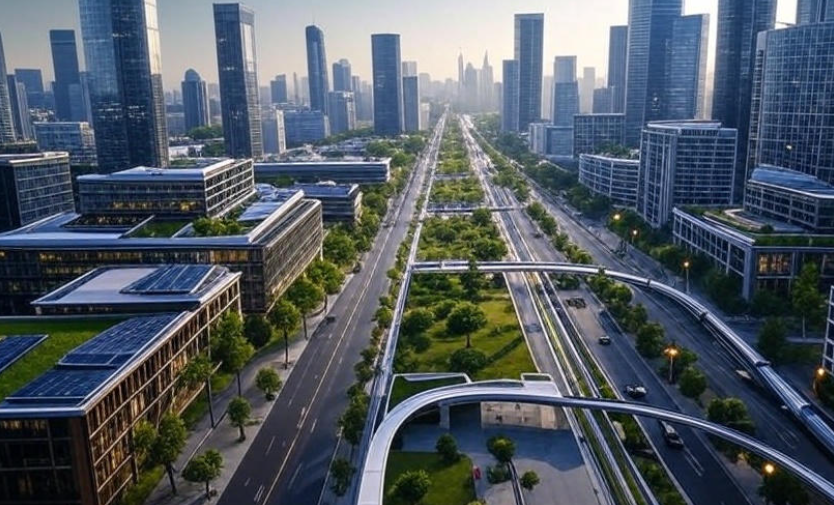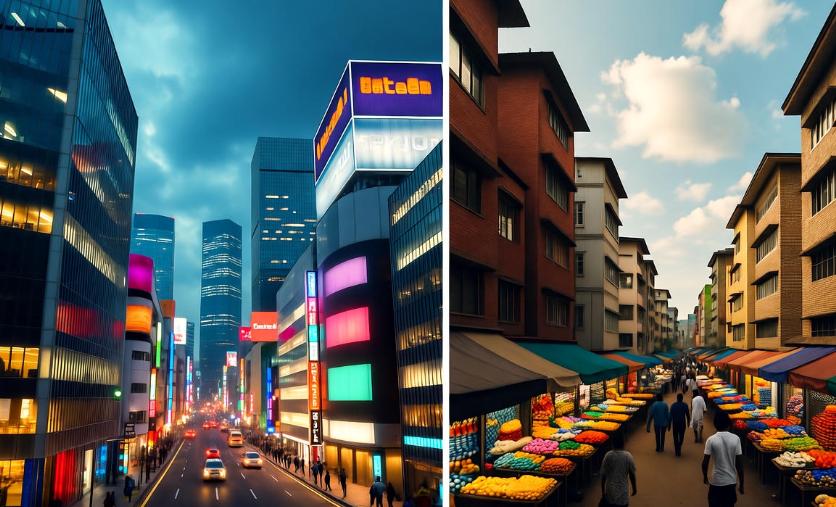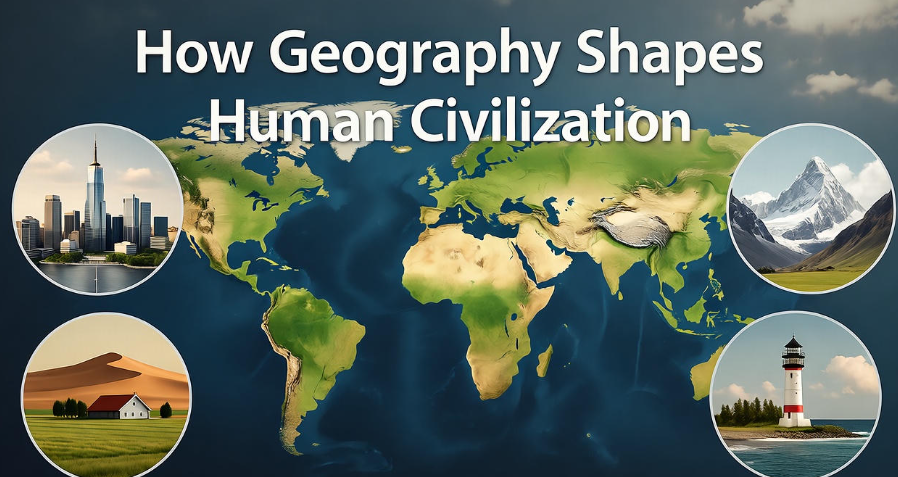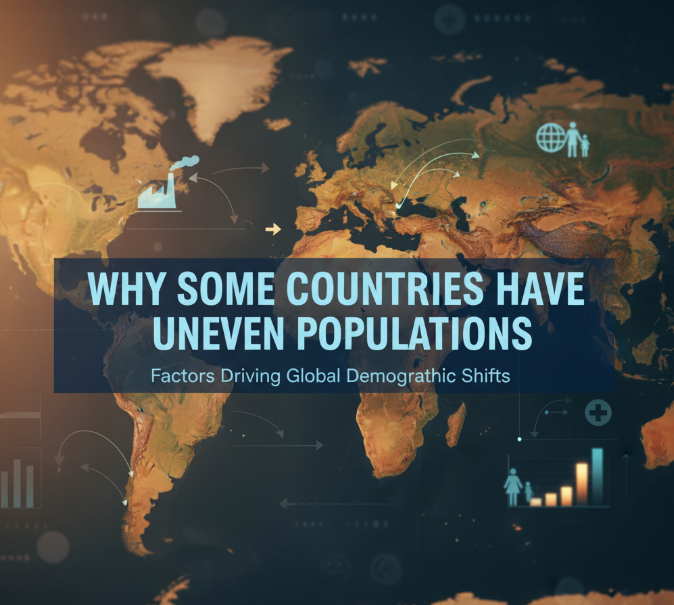The Smartest Cities Built With Future Planning
The world is changing faster than we ever imagined . From how we travel to how we live and even how our cities breathe — everything is getting smarter. Some cities around the world are already living in the future, built with strong planning, green energy, and technology that makes life easier for people. But what makes these cities truly “smart”? It’s not just about gadgets or fancy buildings — it’s about thoughtful planning, sustainable systems, and people-first designs.
Let’s explore some of the smartest cities in the world and see how they are built for the future.
What Exactly Is a Smart City?
Before we go any further, let’s clear this up. A smart city uses technology, data, and design to improve people’s daily lives. That could mean using sensors to reduce traffic jams, saving water with automated systems, or building homes that produce their own energy.
But here’s the interesting part: it’s not only about having the latest tech. True smart cities focus on long-term future planning — making sure that the environment, infrastructure, and community grow together sustainably.
Here’s a quick comparison of what traditional vs. smart cities focus on:
| Aspect | Traditional City | Smart City |
|---|---|---|
| Energy | Fossil fuels | Renewable energy (solar, wind, etc.) |
| Transportation | Heavy traffic, fuel vehicles | Electric, autonomous, shared transport |
| Waste Management | Manual, delayed | Smart sensors & recycling systems |
| Buildings | Static designs | Energy-efficient, AI-managed buildings |
| Citizen Services | Paper-based, slow | Digital, data-driven, responsive |
Singapore – The Digital Island of Innovation
Singapore is often called the world’s smartest city, and honestly, it deserves that title. This small island nation planned decades ahead. They didn’t just build tall buildings — they built an entire digital ecosystem.
The city’s systems are connected through the Smart Nation Initiative, where everything from traffic lights to waste bins is connected with data sensors. The government uses real-time information to manage everything smoothly — even predicting floods or traffic jams before they happen.
And you know what’s amazing? The city has autonomous buses, smart street lamps, and a national digital ID system that lets residents handle government tasks online within minutes.
Their future planning focuses on sustainability. They’ve built vertical gardens and green rooftops to fight heat, and they recycle almost every drop of water. Singapore’s example shows that being small doesn’t mean you can’t lead big innovations.
Dubai – The City That Thinks Ahead ️
Dubai is known for its luxury, but behind that glamour is serious smart planning. The city wants to become 100% paperless, and they’re close to achieving it.
They launched the Dubai Smart City Project to transform everything — from transportation to healthcare — into connected systems. Drones are used for deliveries, and AI cameras keep traffic organized. Even their police use smart patrol cars!
What’s most interesting is how Dubai is planning for the next 50 years. They have a Mars City Project where they are creating a model city to simulate living on Mars. It sounds wild, but that’s exactly what future-oriented thinking looks like.
They are also leading in renewable energy, investing in massive solar parks to power the city sustainably.
Copenhagen – The Eco-Friendly Leader
Copenhagen, Denmark, is not just smart — it’s green smart. The city has one of the best urban planning models in the world. Its goal? To be carbon neutral by 2025. That’s less than a heartbeat away!
Every bike lane, bus stop, and even streetlight in Copenhagen is planned to reduce emissions and energy use. About 50% of people commute daily on bicycles, supported by smart traffic lights that give priority to cyclists during rush hours.
They’ve also introduced smart waste systems that send alerts when bins are full — no unnecessary truck trips, saving time and fuel. The city’s heating system reuses waste energy, making homes warm with minimal pollution.
Copenhagen proves that technology and nature can coexist beautifully when planned with purpose.
Barcelona – Where Data Meets Daily Life
Barcelona is one of Europe’s pioneers in using data to make life better for its people. Through the CityOS platform, everything from street lighting to parking systems is connected.
Want to find a free parking space? The city app can tell you in seconds. Need public Wi-Fi? It’s everywhere — more than 700 hotspots across the city.
They also focus on citizen engagement, meaning residents can directly participate in city planning through online platforms. That kind of two-way communication builds trust and creates smarter solutions.
Seoul – The Hyper-Connected City
Seoul, South Korea, might be one of the most connected cities on Earth. Almost everything runs on high-speed internet. But what really stands out is how Seoul uses that connectivity to make life better for everyone, not just the tech-savvy.
The city’s Seoul Smart City Plan includes digital citizen cards, AI-powered waste collection, and real-time bus tracking apps. It even uses big data to predict where accidents or crimes might happen, helping authorities act before problems arise.
They’ve also introduced smart elderly care systems — wearable devices that monitor seniors’ health and alert doctors if something’s wrong. That’s technology truly serving people.
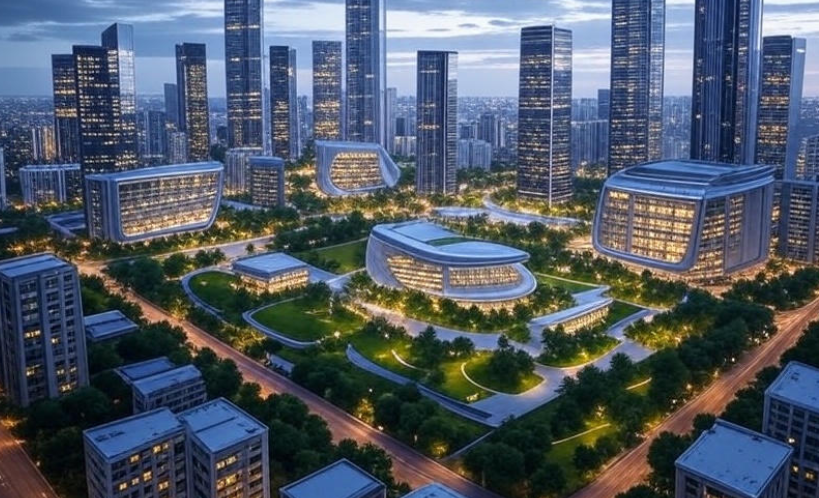
Tokyo – The Metropolis of Tomorrow ️
Tokyo has always been futuristic, but its planning goes beyond shiny technology. After facing many natural disasters, the city learned to build smarter, safer, and more flexible.
For example, their buildings use earthquake-resistant designs that can absorb shock and prevent damage. Tokyo also uses a smart grid system to balance electricity during high-demand periods — reducing blackouts and energy waste.
Transportation is another masterpiece. Trains run on precise AI schedules, and ticketing systems are fully digital. Even robots assist visitors in major train stations. Tokyo is not just surviving — it’s thriving with intelligent design.
Toronto – The Data-Driven Urban Vision
Toronto has been experimenting with smart city planning in creative ways. The Sidewalk Toronto Project aimed to create a neighborhood powered entirely by data — from climate control to traffic management.
Although not everything went as planned, it showed how data transparency and public collaboration can shape the cities of tomorrow. Toronto’s focus remains on blending green spaces, sustainable buildings, and efficient digital services for all citizens.
-
️ You may also like: 10 Fascinating Facts About World Geography
How Smart Cities Use Future Planning
It’s easy to say “smart city,” but let’s see what future planning actually means in practice.
| Future Planning Area | Real Example | Impact |
|---|---|---|
| Energy Management | Solar panels in Dubai & Copenhagen | Lower emissions, cheaper power |
| Transport Innovation | Autonomous buses in Singapore | Fewer accidents, less congestion |
| Smart Housing | Energy-efficient homes in Tokyo | Lower utility bills |
| Digital Governance | Online ID systems in Singapore | Faster, paperless services |
| Climate Control | Vertical gardens in Singapore | Cooler cities, cleaner air |
Future planning ensures a city doesn’t grow blindly. Instead, it evolves with balance — between people, technology, and nature.
Challenges Smart Cities Still Face
Even the smartest cities have problems. Technology can’t fix everything if people don’t work together.
Some of the key challenges include:
-
Data privacy – When everything is connected, protecting personal information becomes crucial.
-
Digital divide – Not everyone has access to technology equally.
-
High cost – Building smart systems needs huge investment.
-
Maintenance – Technology evolves fast, and cities must keep updating infrastructure.
But here’s the truth: cities that plan well today will find easier, cheaper solutions tomorrow. It’s about taking small, consistent steps.
The Future Is Smart, But Also Human ❤️
The most successful smart cities aren’t the ones with the most robots or screens. They are the ones that keep people at the center of every plan. Future cities must be inclusive, green, safe, and full of life.
Imagine cities where:
-
Waste disappears automatically ♻️
-
Traffic never stops
-
Buildings breathe like living organisms
-
Every child has clean air to breathe and green parks to play in
That’s not science fiction anymore — it’s happening right now in cities that think decades ahead.
Frequently Asked Questions (FAQs)
1. What makes a city smart?
A smart city uses technology, data, and innovation to improve people’s lives — from energy saving to faster public services.
2. Which is the smartest city in the world right now?
Singapore often ranks as the smartest city due to its advanced digital systems and future-focused planning.
3. Are smart cities expensive to build?
Yes, initially they require large investments, but in the long run, they save money through efficiency and reduced waste.
4. Can small towns become smart cities?
Absolutely! Many small towns are adopting digital tools and sustainable systems to grow intelligently.
5. What is the future of smart cities?
The future lies in blending artificial intelligence, clean energy, and citizen participation to make cities more livable and eco-friendly.
Final Thoughts
Smart cities are more than a trend — they are our future. By combining technology with sustainable design and thoughtful planning, these cities create a balance between comfort, safety, and environmental care.
Cities like Singapore, Copenhagen, Dubai, and Tokyo show us that progress doesn’t mean pollution or chaos. It means smart design that benefits people and the planet alike.
The future belongs to cities that plan ahead — cities that think not just about buildings, but about the generations who will live inside them. ✨

